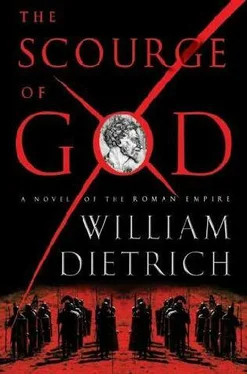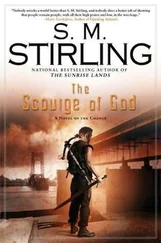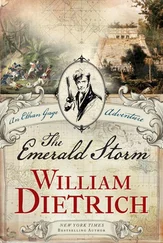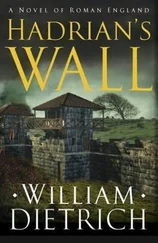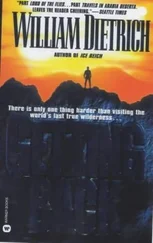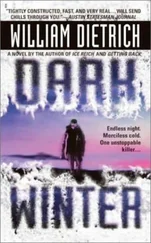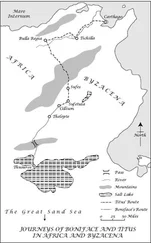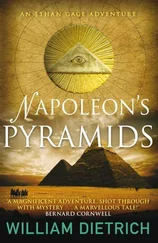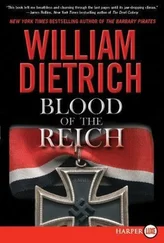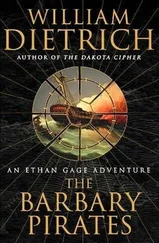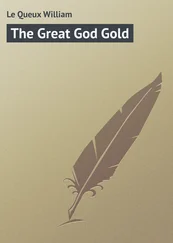I must also apologize for inflicting on the reader a vast and confusing geography of world war at a time when names were in flux. Caesar’s Gaul, for example, was actually by this time known more by the names of its Roman provinces, such as Aquitania. The Frankish triumph that would give it the name France was still in the future. The Celtic city of Cenabum had become the Roman city of Aurelia or Aurelionum, evolving into the French city of Or-leans. To help orient modern readers, Constantinople is today’s Istanbul, the ruined city of Naissus is the Balkan city of Nis?, the abandoned fort of Aquincum is in the suburbs of Budapest, the Roman tower that Skilla attacks is southeast of Austria’s Salzburg, the “wasps” of Sumelocenna are in modern-day Rottenburg, Augusta Treverorum is Germany’s Trier, and Tolosa became France’s Toulouse.
Who was Attila? What did he mean to history? In many ways his story is as foggy, and fascinating, as that of King Arthur. One thing we do know. The kingdoms that survived the assault of the Huns and the collapse of the Romans, evolved into Western Europe-and thus the civilization that still dominates the world today. When those ancient and doughty warriors beat back the Huns, they laid the foundation for our modern security. To go to the farmland around Troyes and imagine the ghosts of tens of thousands of charging cavalrymen, deciding the fate of the world is a moving experience.
A reader can also visit the island on which Jonas and Ilana finally settled. It’s in the Loire River at the town of Amboise in the heart of French chateau country, the only island high enough in that region to escape frequent flooding.
Near where the couple’s home stood there is a splendid view westward of the river and its gentle valley.
There is also a sad war memorial, partially sunken into the earth, recording the names of local men killed in recent wars. Unsurprisingly, a section on that memorial has been left blank, providing room for future inscriptions.
So does history march on.
